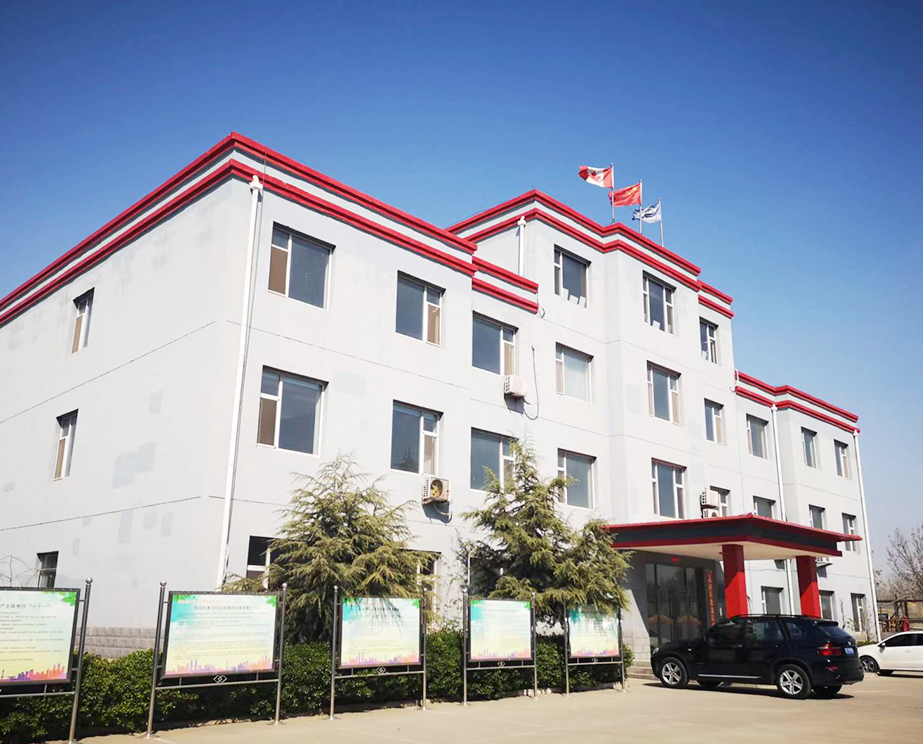- Afrikaans
- Albanian
- Amharic
- Arabic
- Armenian
- Azerbaijani
- Basque
- Belarusian
- Bengali
- Bosnian
- Bulgarian
- Catalan
- Cebuano
- Corsican
- Croatian
- Czech
- Danish
- Dutch
- English
- Esperanto
- Estonian
- Finnish
- French
- Frisian
- Galician
- Georgian
- German
- Greek
- Gujarati
- Haitian Creole
- hausa
- hawaiian
- Hebrew
- Hindi
- Miao
- Hungarian
- Icelandic
- igbo
- Indonesian
- irish
- Italian
- Japanese
- Javanese
- Kannada
- kazakh
- Khmer
- Rwandese
- Korean
- Kurdish
- Kyrgyz
- Lao
- Latin
- Latvian
- Lithuanian
- Luxembourgish
- Macedonian
- Malgashi
- Malay
- Malayalam
- Maltese
- Maori
- Marathi
- Mongolian
- Myanmar
- Nepali
- Norwegian
- Norwegian
- Occitan
- Pashto
- Persian
- Polish
- Portuguese
- Punjabi
- Romanian
- Russian
- Samoan
- Scottish Gaelic
- Serbian
- Sesotho
- Shona
- Sindhi
- Sinhala
- Slovak
- Slovenian
- Somali
- Spanish
- Sundanese
- Swahili
- Swedish
- Tagalog
- Tajik
- Tamil
- Tatar
- Telugu
- Thai
- Turkish
- Turkmen
- Ukrainian
- Urdu
- Uighur
- Uzbek
- Vietnamese
- Welsh
- Bantu
- Yiddish
- Yoruba
- Zulu
api tubing couplings
Understanding API Tubing Couplings A Comprehensive Overview
API tubing couplings are essential components in the oil and gas industry, facilitating the connection of individual tubes that form a pipe or tubing string. These couplings play a critical role in the efficiency and safety of drilling operations, ensuring that fluids can be transported effectively from underground reservoirs to the surface. In this article, we will explore the significance, types, specifications, and manufacturing processes of API tubing couplings.
The Importance of API Tubing Couplings
API (American Petroleum Institute) tubing couplings are designed to withstand the immense pressures and harsh conditions inherent in oil and gas extraction. They serve multiple purposes
1. Pressure Resistance Tubing couplings help maintain the integrity of the tubing string, enabling it to resist high-pressure situations that occur during drilling and extraction.
2. Fluid Handling API couplings allow for the efficient transportation of various fluids, including oil, gas, and water, throughout the drilling process.
3. Safety Properly fitted couplings reduce the risk of leaks and failures, thereby enhancing the safety of drilling operations for workers and the surrounding environment.
Types of API Tubing Couplings
API couplings can be categorized based on several factors, including design and application. Some of the most common types include
1. EUE (External Upset End) These couplings feature an upset area on the exterior to enhance strength and resistance to bending stresses. They are often used in various drilling applications.
2. IE (Integral End) Similar to the EUE, integral ends are forged into the body of the tubing, providing a smooth transition of the tubing string and minimizing the risk of leaks.
4. String Shot Couplings These are designed to connect tubing strings that require frequent disassembly and reassembly, commonly utilized in well interventions.
Specifications and Standards
api tubing couplings

API tubing couplings are meticulously designed and manufactured in accordance with API standards, typically outlined in API Spec 5B. These specifications cover
- Material Quality Materials used in coupling manufacturing must meet or exceed specified strength criteria to ensure durability and performance.
- Dimensions Couplings must adhere to strict dimensional tolerances, which ensure proper fitting with API tubing. Standard sizes are essential for compatibility across various applications.
- Thread Standards The API threading standard is crucial for ensuring that couplings fit securely to prevent leaks. The use of exact thread patterns promotes operational efficiency and reduces the potential for equipment failure.
- Testing and Inspection API tubing couplings undergo rigorous testing for defects, including visual inspections, non-destructive testing, and strength assessments to ensure they meet industry standards.
Manufacturing Process
The manufacturing of API tubing couplings involves several stages
1. Material Selection High-quality carbon steel, alloy steel, or stainless steel is typically chosen for manufacturing to ensure strength and resistance to wear.
2. Forging and Machining The selected materials are forged into the necessary shapes, followed by precision machining to achieve the desired dimensions and thread specifications.
3. Heat Treatment Couplings are often heat-treated to enhance mechanical properties, ensuring they can withstand the rigors of drilling operations.
4. Finishing Post-machining, couplings may be coated for corrosion resistance, especially when used in harsh environments.
5. Quality Assurance Each batch of couplings undergoes stringent testing and quality control checks to ensure compliance with API standards before being shipped to customers.
Conclusion
API tubing couplings are vital components that ensure the integrity, safety, and efficiency of drilling operations in the oil and gas industry. By understanding their significance, types, specifications, and manufacturing processes, industry professionals can make informed decisions regarding their selection and use in various applications. The continuous advancements in technology and manufacturing practices will further enhance the durability and reliability of these essential coupling components, thereby supporting the evolving needs of energy extraction processes worldwide.
-
Well Casing Extension Couplings – Applications and InstallationNewsJun.06,2025
-
Types of Crossover Subs in Drilling & CompletionNewsJun.06,2025
-
Key Features of High-Quality Tubing Pup JointsNewsJun.06,2025
-
Installation and Maintenance Tips for Steel Couplings for PipeNewsJun.06,2025
-
How to Select the Right Pup Joint for Oil & Gas OperationsNewsJun.06,2025
-
Applications of Stainless Steel Pipe CouplingsNewsJun.06,2025







